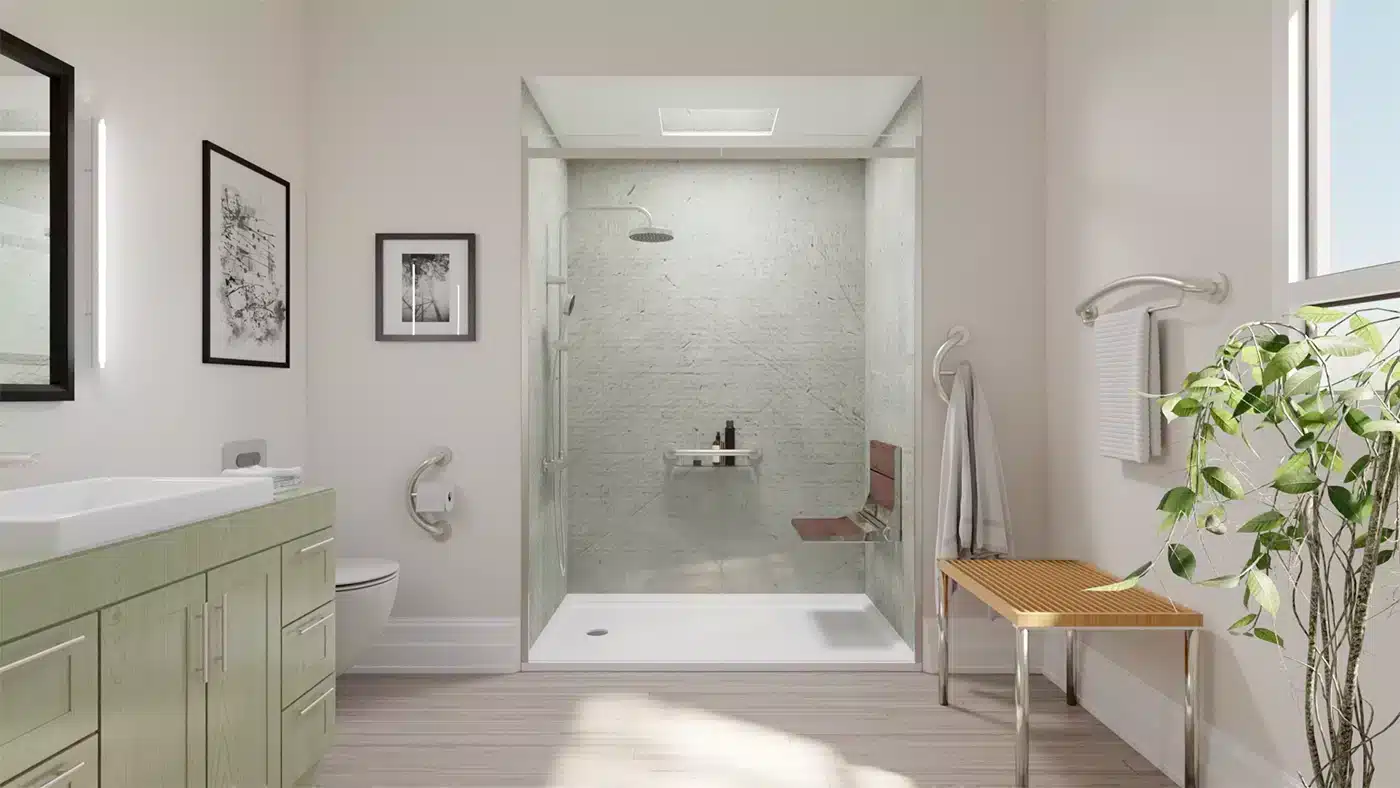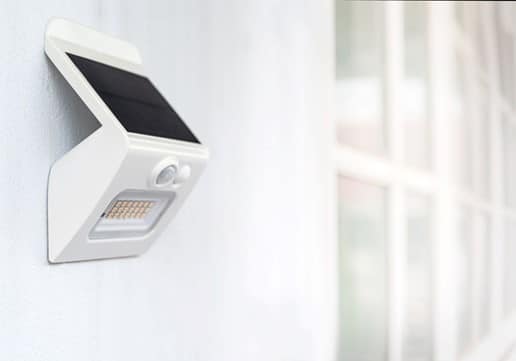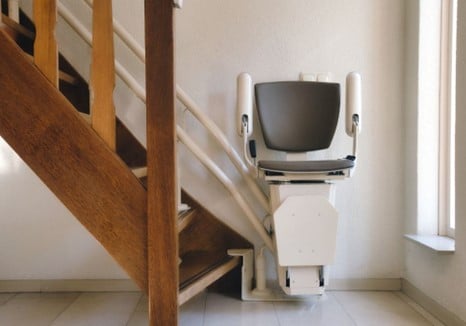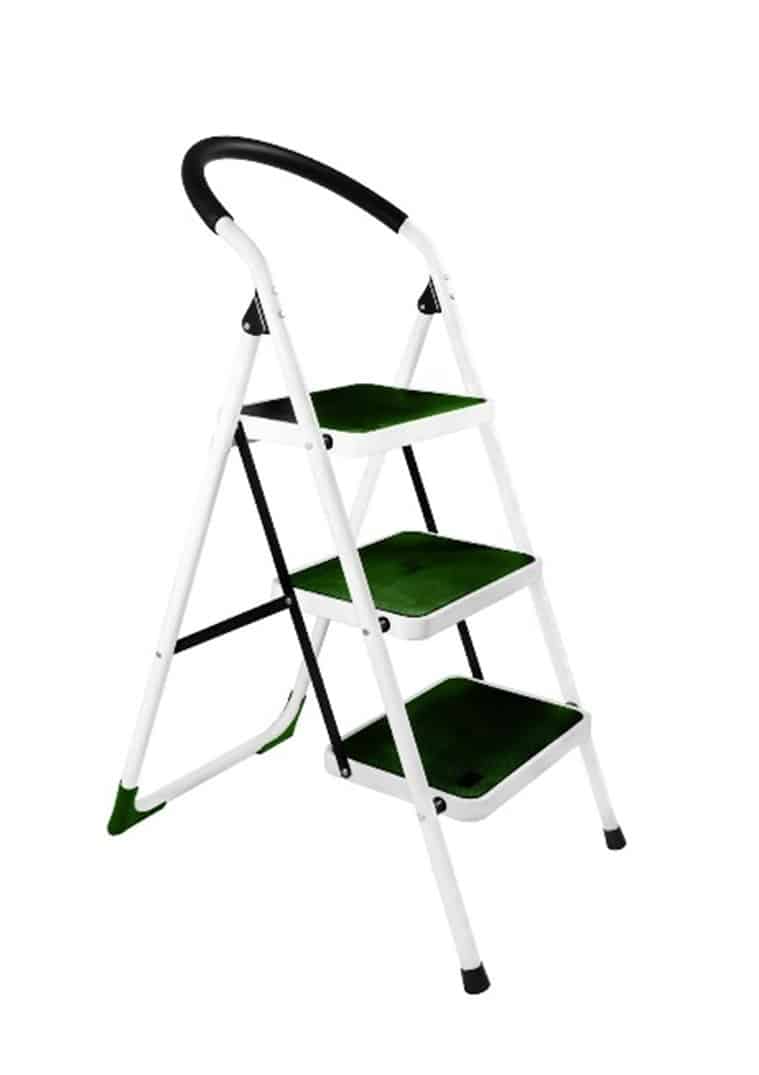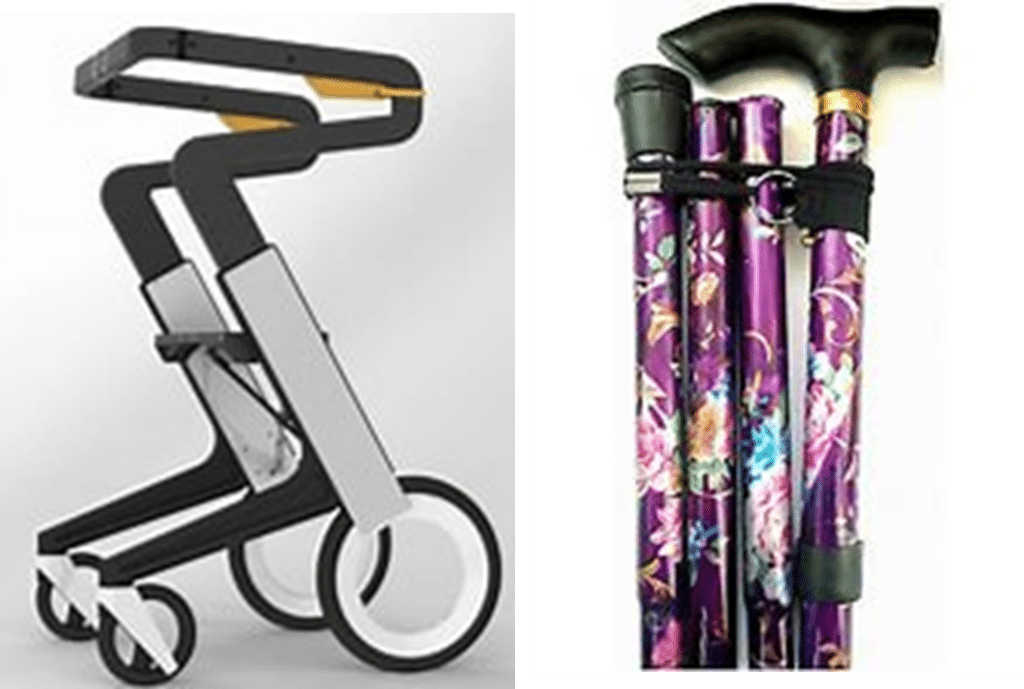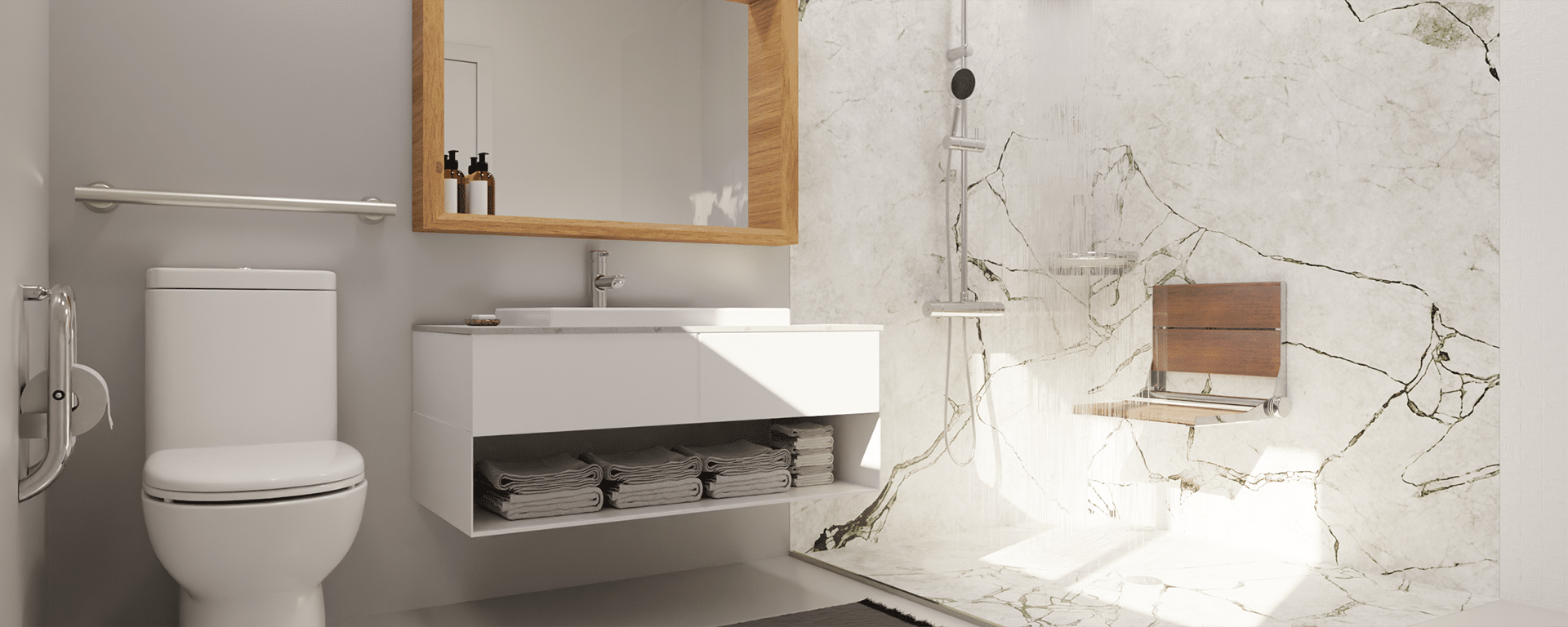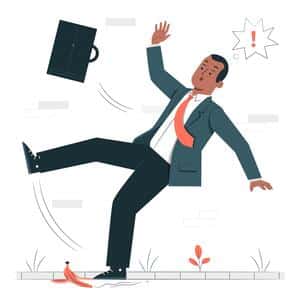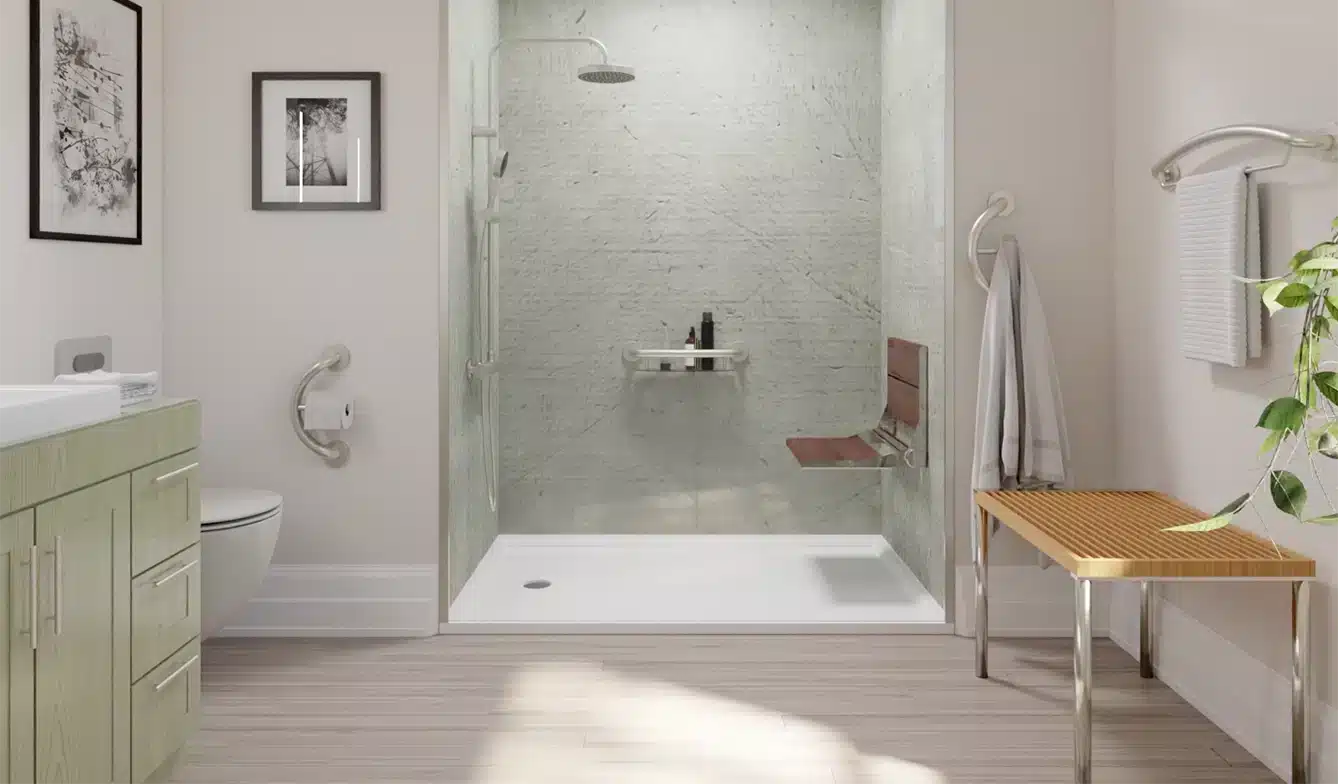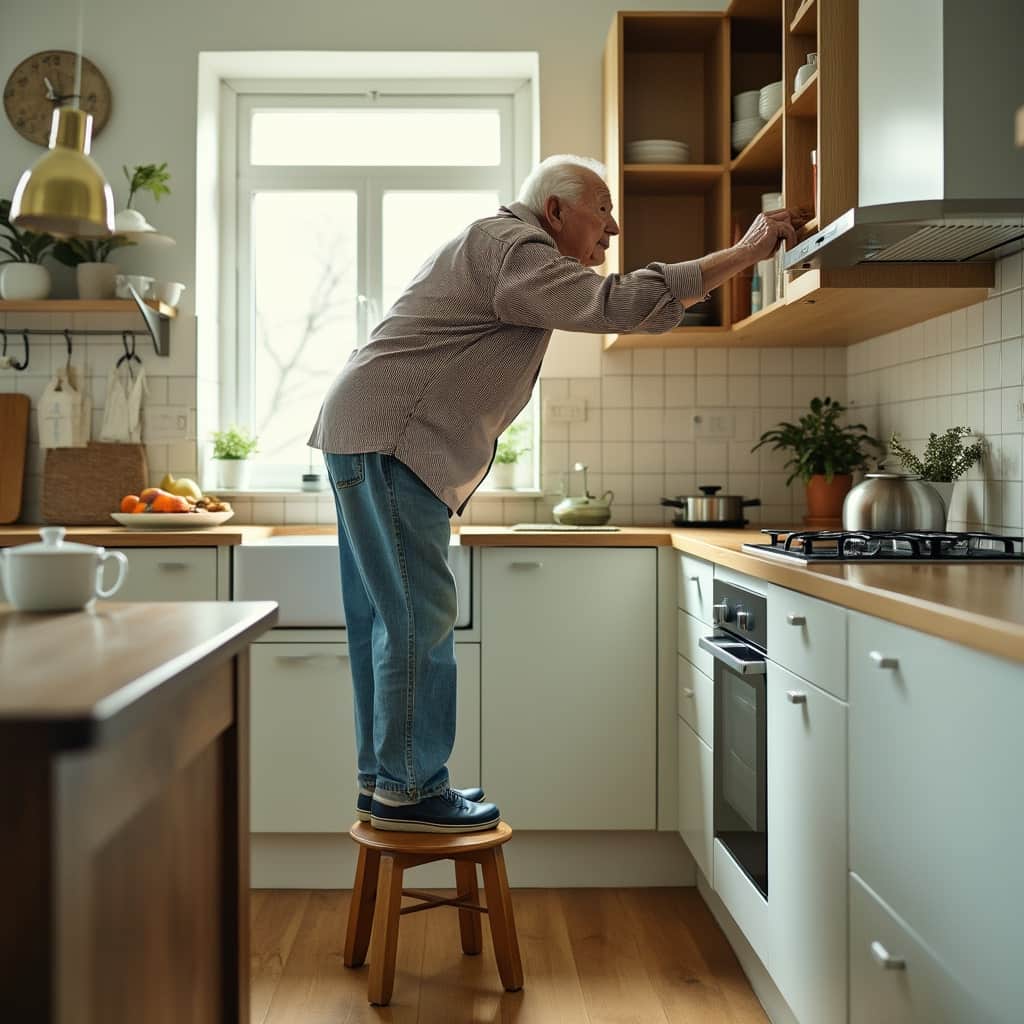Aging in Place: 10 Must-Have Safety Products for Older Adults
For older adults, the dream of spending their golden years in their cherished homes is more than just staying in one place. Aging in place represents a way of life that’s all about staying independent, dignified, and holding on to precious memories. It’s the feeling of being in a safe and familiar environment while keeping their freedom and maintaining a good quality of life.
To turn this into a reality for our older loved ones, we must focus on keeping them safe, and implementing fall prevention strategies. Below, we explore ten safety products that offer both security and elegance, making the home environment safe for aging in place.
Safety Products for Aging in Place
When thinking about safety products, it’s easy to envision clinical, unattractive fixtures or devices that disrupt the aesthetics of a home. However, with smart and thoughtful innovations, safety products have evolved, and functionality can now seamlessly integrate with style.
1. Grab bars
No longer confined to a purely functional role, grab bars have transformed from institutional-looking fixtures into essential safety aids that also contribute to the aesthetics of your bathroom. These versatile safety products come in various materials, sizes, and finishes, ensuring they seamlessly blend with your bathroom décor.
Innovative grab bars, as seen in HealthCraft’s Plus and Invisia lines, serve a dual purpose by functioning as towel bars, toilet paper holders, or shampoo shelves while providing essential support for balance and stability. This ingenious approach enhances both the functionality and style of your bathroom.
Some modern grab bars are thoughtfully designed with materials that retain warmth, ensuring a comfortable grip, which is particularly beneficial for individuals with arthritic hands. Flip-up grab bars offer convenience by neatly tucking away when not in use, helping you save space in your bathroom.
In cases where traditional wall-mounted grab bars aren’t suitable due to constraints like the lack of walls, safety poles such as the SuperPole provide a practical solution. These poles can be installed on the floor or extend from floor to ceiling, offering robust support without the need for wall attachment.
2. Non-slip mats
Non-slip mats reduce the risk of accidents and falls by providing friction between your feet and the floor, creating a stable surface for you to stand on. Moreover, they are designed to absorb moisture effectively, making them invaluable safety additions in areas prone to wet conditions, like bathrooms, laundry rooms, entryways, and kitchens. These mats collect moisture and prevent it from spreading across the floor, maintaining a dry and secure environment within your home.
For added convenience, non-slip mats made from rubber and vinyl materials are easier to clean. You can simply hose them down or use a damp cloth, ensuring that they maintain their appearance and grip over time. This easy maintenance not only enhances their longevity but also keeps your living space hazard-free.
Modern innovations in non-slip mats go beyond safety. Some mats now incorporate anti-fatigue properties, making them ideal for individuals with muscle weakness or those who need to stand for extended periods, such as during food preparations in the kitchen or while completing laundry tasks. These mats provide both comfort and safety, offering versatile solutions for various areas in your home.
3. Handrails
Handrails play a vital role in enhancing safety within various areas of your home, including stairways, long hallways, spaces with uneven flooring, and entryways. These fixtures offer crucial support and stability for fall prevention.
To meet the guidelines set by the Americans with Disabilities Act (ADA), handrails are recommended to have a circular cross-section with an outer diameter ranging from 1.25 inches (32 mm) to 2 inches (51 mm). This specific size ensures that handrails provide a comfortable and secure grip for individuals, promoting safety and accessibility simultaneously.
Innovations in handrail design have introduced features that enhance functionality and comfort while remaining compliant with ADA standards. A variety of handrails are now readily available, allowing you to personalize them according to your specific requirements. Handrails designed with materials like soft rubber or textured metals offer an added level of comfort or slip-resistance, particularly for individuals with muscle stiffness or arthritis.
4. Night lights
Night lights have an important role in fall prevention by providing illumination during dark hours. It’s important to have adequate lighting, especially when you need to move around in the dark.
Various types of lights are particularly helpful at night. For example, motion sensor lights turn on when they detect motion, ensuring you have enough light when you get up at night. Lights with adjustable brightness levels allow you to choose how bright the light is, making it easier on your eyes when you wake up in the dark. Additionally, some night lights can be turned on or off using a remote control, so you don’t have to get out of bed or your chair to do it.
The good news is that many of these lights not only work well but also look nice. You can pick designs that match your home’s decor. This means you can enhance safety and still have your home look stylish with these versatile lighting options.
5. Bed safety rails
Bed rails are a multipurpose device that may assist an individual to change positions in bed, push up from lying to sitting, stand up from sitting, and provide support when first standing up from the bed. They are especially valuable for individuals prone to light-headedness or dizziness upon waking, as well as those grappling with balance challenges and muscle weakness. One particular condition, orthostatic hypotension, is characterized by a sudden drop in blood pressure upon standing. The bed rail provides support and balance for these individuals when first standing up from bed.
Modern bed rails have evolved to offer an array of practical features. Some models are equipped with built-in organizers, providing convenient storage space for items like a phone, magazines, books, eyeglasses, or a tablet so that they are all easily accessible from the bedside.
HealthCraft’s Smart-Rail incorporates an additional design feature. The bed assist rail unlocks & swings open to provide help with getting into and out of bed, turning and standing. There are two different positions for support: Open (for standing support) and Closed (for in-bed positioning) ensuring the user’s safety and comfort while in bed.
6. Comfort Height or Tall Toilets
Standard toilets are typically 15” to 15.5” from floor to seat. This is significantly lower than a standard kitchen chair which is close to 18” seat to floor. The low height of a standard toilet can make it very difficult to lower down to sit on it or to stand up from the seated position. When legs are weak or hips and knees are painful, it is even more difficult to stand up from low heights.
Taller toilets are now an option ranging from 18” to 21” seat height. Replacing your low toilet with a taller one can be a beautiful addition to your bathroom and make getting on and off the toilet so much easier. Confirm what is the best height for all the members of your household that share the same toilet and look for the one you like the best.
A feature to consider when replacing your toilet is an elongated toilet seat. It provides more room from front to back and can make wiping more accessible for those with mobility limitations. Another feature to consider is a bidet seat which can make the process even easier particularly for those with hand, arm, or shoulder limitations.
If replacing your toilet is not an option, raised toilet seats can raise the seat height to whatever you need. There are different types of raised toilet seats available to suit various needs. Raised toilet seats can come with armrests or push handles.
If you need a very sturdy and reliable height-adjustable device, consider an over-toilet commode. It has armrests and when it is set to the best height, it is much easier to rise from a seated position. Be aware that not all bathrooms can accommodate the footprint of the four legs on the floor if there are walls or a vanity too close to the toilet.
7. Stairlifts
Stairlifts, also known as chair lifts or stair glides, are motorized safety devices designed to assist individuals in moving up and down the stairs safely. They consist of a chair or seat which is securely attached to a motorized rail system, allowing it to travel along the staircase while carrying the user.
These devices offer a significantly safer way for individuals to navigate the stairs within their homes, reducing the risk of accidents and falls, especially among older adults or those with mobility issues. This device can be a game-changer for individuals who have severe shortness of breath, heart issues, weakness, or may otherwise struggle with stairs. It allows them to maintain their independence and remain in their multi-story homes rather than facing the prospect of relocating to a single-story residence.
Stairlifts come equipped with a range of helpful features that can be tailored to the specific needs of the user and their home. They are available in various forms, including straight or curved, to accommodate different home layouts. Personalization options include a manual or power-folding rail, a power swivel seat for easier entry and exit, a power-folding footrest, and seat fabric choices to match the user’s preferences. Most of these devices are equipped with backup batteries, providing peace of mind during power outages or emergency situations.
8. Step ladders with handles
Step ladders with handles offer extra stability and support for various tasks around the home, especially if you need access to high areas. Whether you need to reach high shelves, change light bulbs, or perform maintenance work, a step ladder with a handle provides a secure platform for these activities. The integrated handle offers a firm grip, enhancing your balance and confidence while reaching elevated areas.
It’s important to note that while step ladders with handles can be helpful for many tasks, individuals who have difficulty raising and lowering their feet should use them only with extreme caution. Standing on one leg to step onto or off the ladder can pose a balance challenge, so it’s essential to be mindful of your own physical limitations and take necessary fall prevention precautions. Always ensure that the step ladder is on a stable surface and follow safety guidelines to minimize the risk of accidents.
9. Medical alert systems
Over the years, medical alert systems have significantly evolved, playing a crucial role in ensuring the safety and well-being of users. A medical alert system serves as a vital lifeline for individuals facing emergencies and is available in two primary forms: monitored and unmonitored systems. These systems provide essential support, particularly during falls or other critical situations.
Monitored medical alert systems are staffed by dedicated agents who swiftly respond to emergencies, contacting 911 or your pre-designated emergency contacts. There is typically a monthly fee for this monitoring service. On the other hand, unmonitored systems can offer direct connections to 911 or your selected contacts but may lack the benefits of a dedicated monitoring center.
These systems come with a variety of features to consider. Some have a monitoring station in the home and work only when you stay within a certain range of the base device. Others can work from anywhere, indoors or outdoors. They may have the options of medication reminders, motion detectors, environmental sensors, and, most importantly, automatic fall detection. Smartphones and smartwatches may offer a medical alert application or you can activate the fall detection feature. There are so many options available that it is easy to customize to your individual lifestyle and needs.
10. Mobility aids
Utilizing mobility aids such as walkers, canes, wheelchairs, and scooters can significantly enhance your safety and independence. Remember to follow your healthcare provider’s guidance when selecting the right mobility aid for your specific needs. Occupational Therapists and Physiotherapists can prescribe the right product for you that has the ideal features to support your mobility, comfort, and safety.
Fortunately, the world of mobility aids has evolved to include stylish, comfortable, and modern options. You no longer need to compromise on aesthetics or comfort for functionality. Many mobility aids now come in sleek designs and ergonomic features that not only make them practical but also appealing. From fashionable canes to ergonomically designed rollators, you have a wide array of choices to complement your individual style and preferences. You can regain both your independence and confidence in your daily life.
The key to finding the perfect safety products is to consult with your medical practitioner to ensure that the products are tailored to your specific needs. Consult with home safety product manufacturers and accessible home contractors. Doing your research, reading reviews, and comparing options can help you make informed decisions. Don’t hesitate to seek feedback from family and friends who have firsthand experience. These collective efforts will ensure that the safety products you choose are the perfect match for you. Once you have the right products, you can age in place while leading a confident, independent, and fulfilling life in your home.



